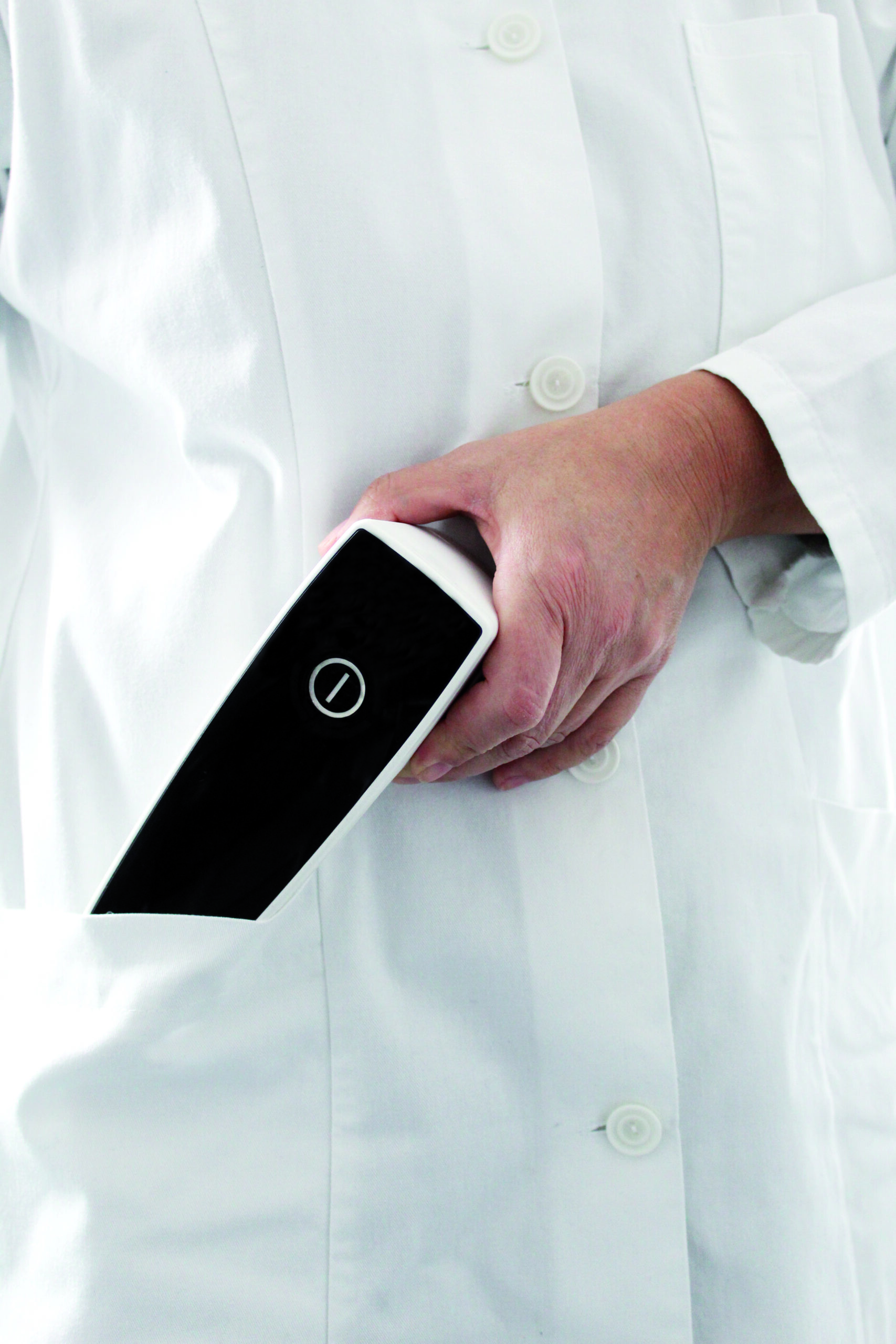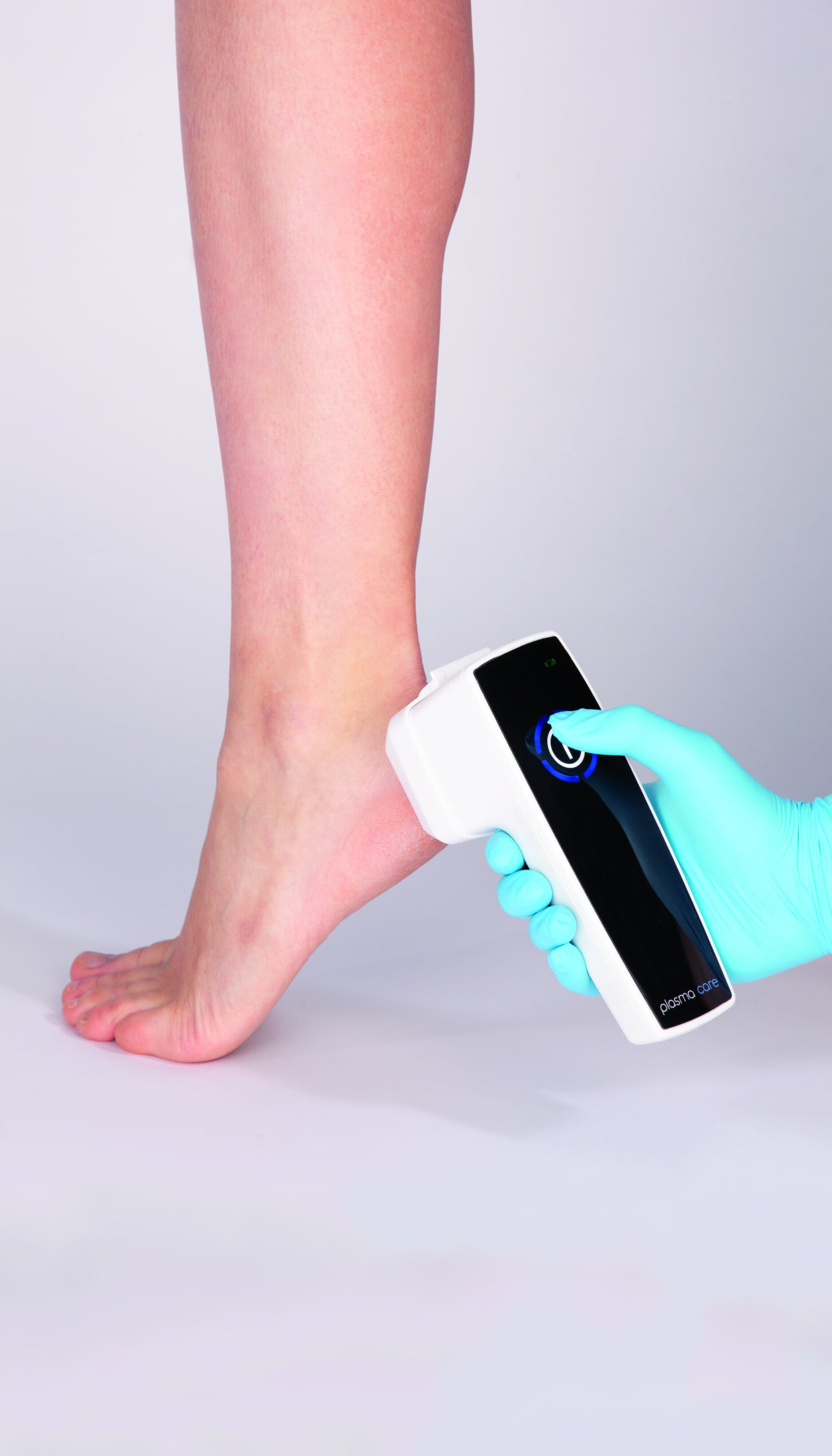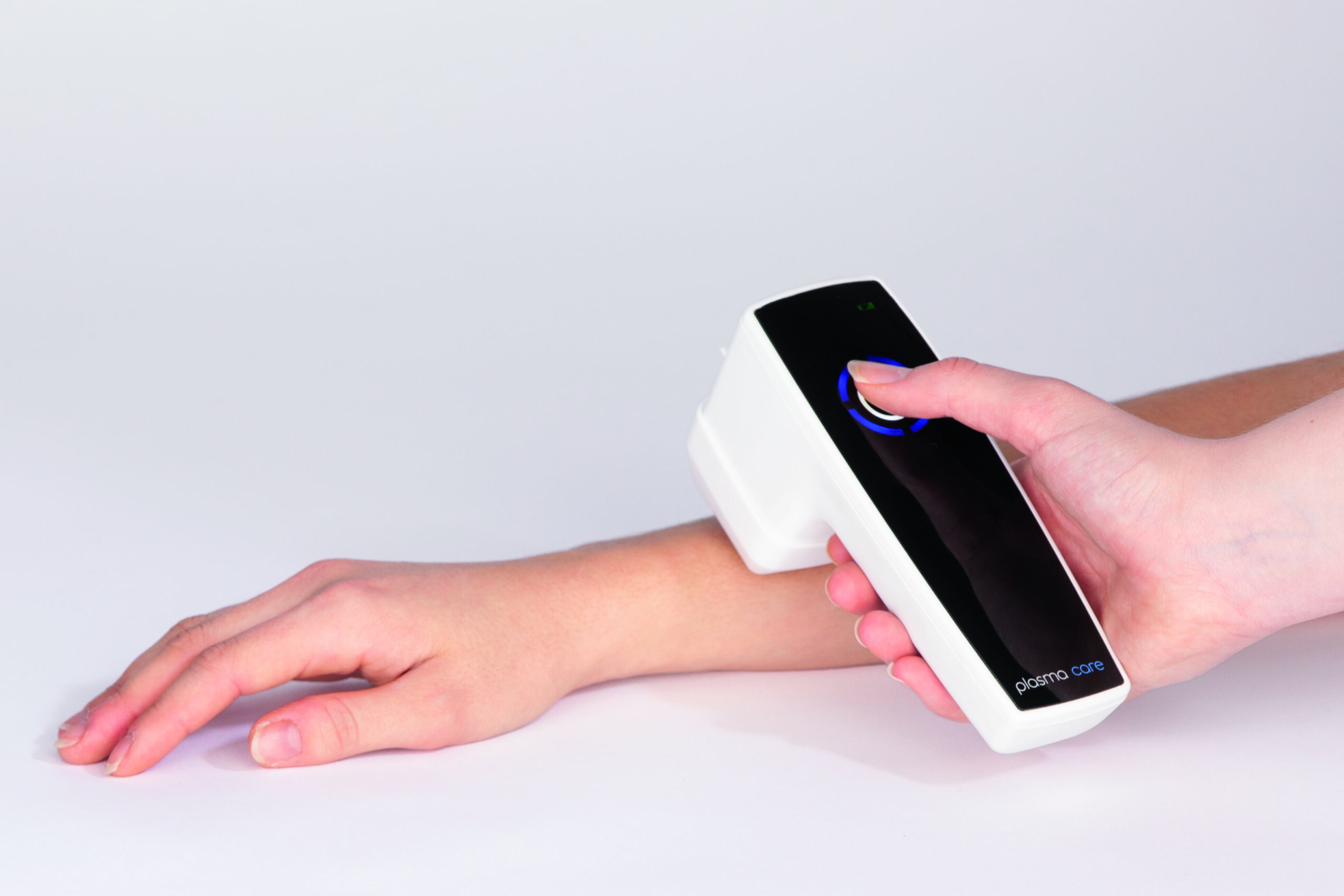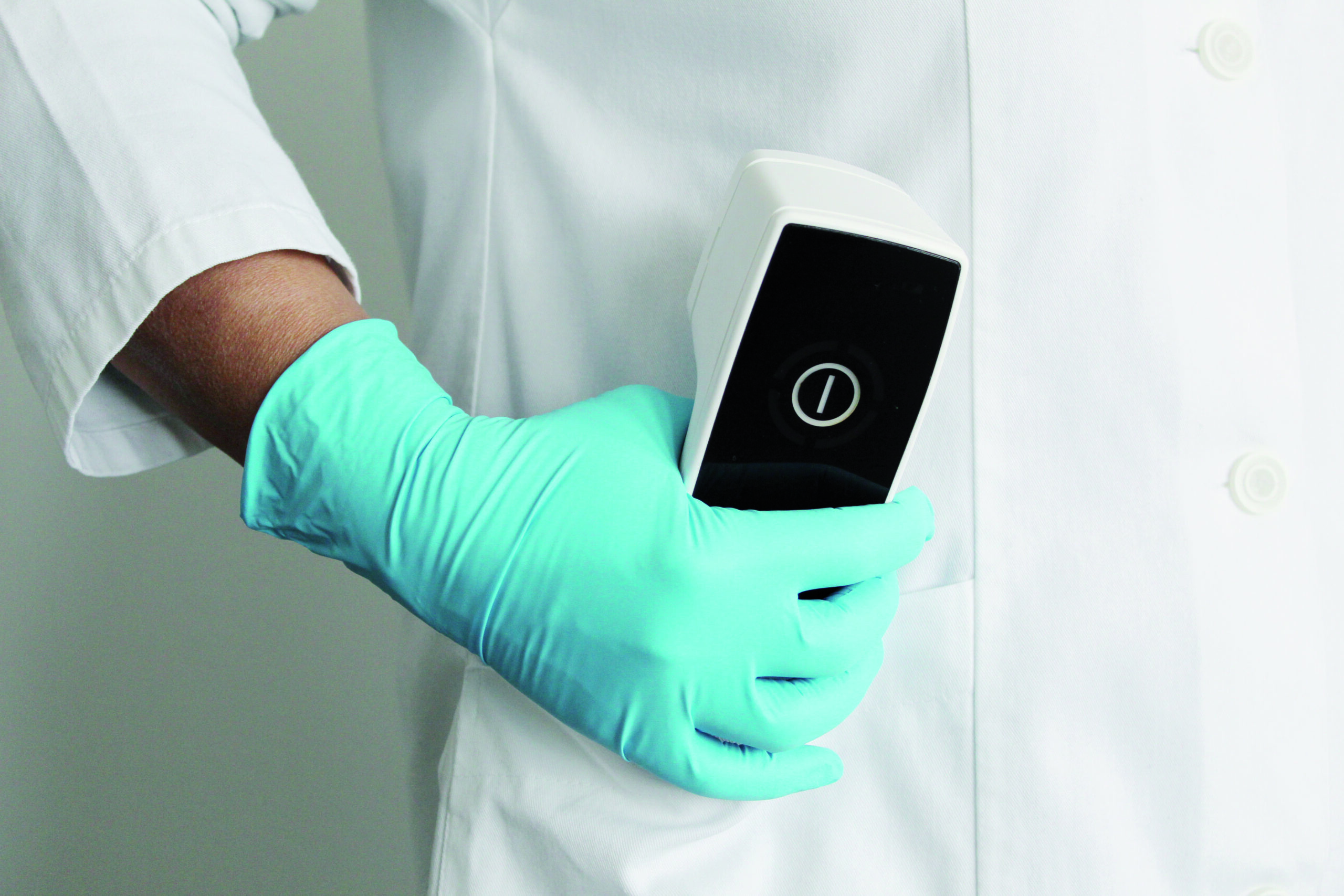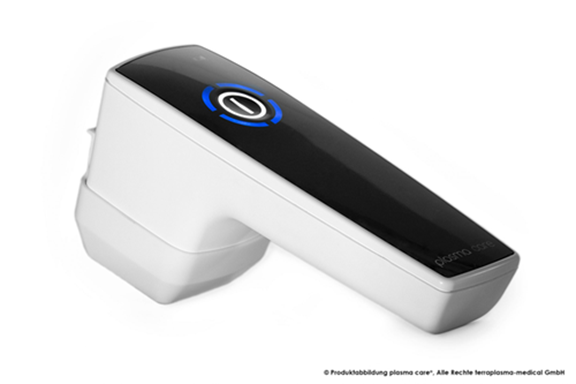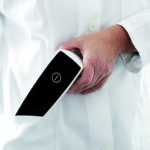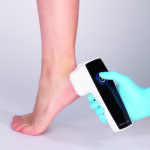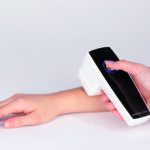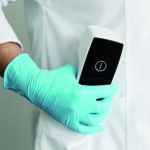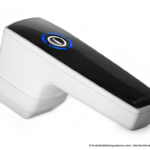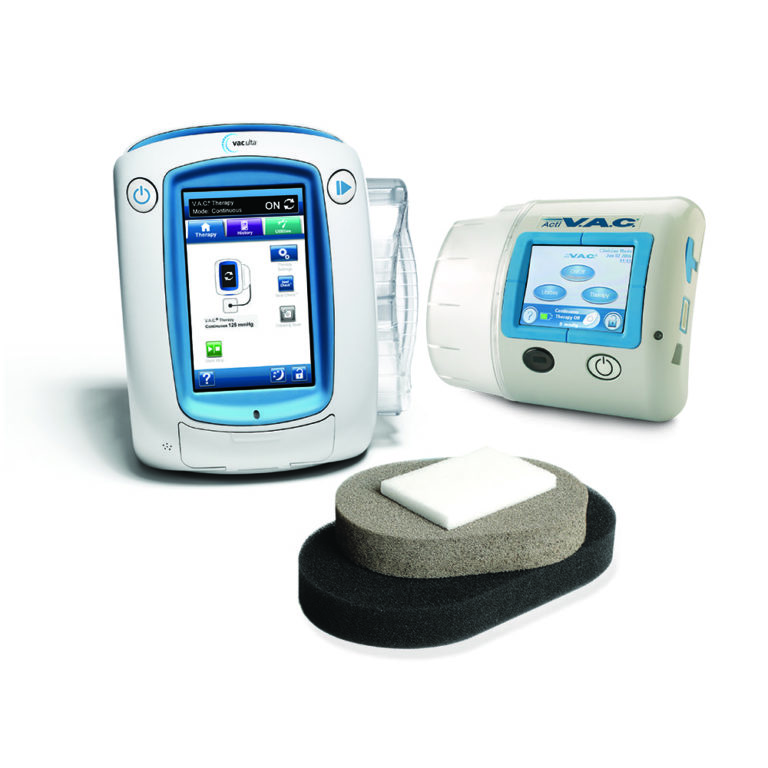What is plasma?
Any substance changes state when it is heated for an extended period of time. At some point, it changes from solid to liquid and finally to gaseous state. And when it is heated even more, plasma is eventually formed.
Plasma – including our cold plasma generated in air – is a very complex cocktail: more than 600 different reactions take place in this state of matter. With the plasma care system, this complex cocktail is too controlled to achieve the desired reactions, thanks to a well-thought-out Plasma design. An effective mixture at the molecular level, generated only by the air in the room and the targeted addition of energy.
The dual effect of cold plasma
The active ingredients (reactive species) generated by cold atmospheric plasma can act on cells in different ways. The effects are endogenous physical or chemical processes.
1. Stimulates wound healing
Reactive species interact with healthy human cells. Intracellular processes that promote wound healing are stimulated. The release of cytokines stimulates cell growth and stimulation of angiogenesis improves blood supply to the wound and its surroundings.
2. Bactericidal effect
In prokaryotic cells, these processes result in destruction of their cellular macromolecules, including DNA, inactivating the bacteria, fungi or germs. Antibiotic resistance or allergies become insignificant.
